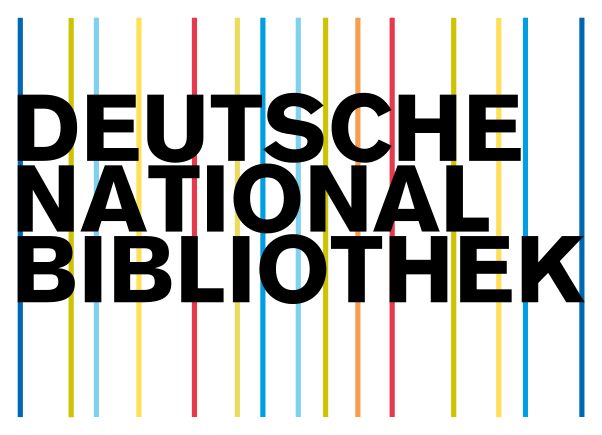Review on Early Detection of Alzheimer’s Disease using Neuroimaging Techniques
DOI:
https://doi.org/10.5281/zenodo.4420081Keywords:
Alzheimer’s Disease, Machine Learning, SVM, Neuroimaging Techniques, MRI, SPECT, PETAbstract
Alzheimer’s disease (AD) is the most common form of dementia. AD begins slowly, where it first involves a part of the brain that controls thought, memory, and language. Names and incidents are things that initial stage AD patients have a hard time remembering. Early detection of AD is very crucial for further aid and treatment. This paper presents a review and analysis of the different methods employed to detect AD or mild cognitive impairment (MCI). Machine learning, neuroimaging, and deep learning neural networks are few of the techniques which are compared and analysed based on their performance and accuracy. Each model is critically analysed and provided with limitations, advantages, and best application.
Downloads
References
Daoqiang Zhanga, Yaping Wanga, “Multimodal Classification of Alzheimer’s Disease and Mild Cognitive Impairment”, Neuroimage. 2011 April 1; 55(3): 856–867. doi: 10.1016/j.neuroimage.2011.01.008.
Lauge Sørensen, Christian Igel, “Early Detection of Alzheimer’s Disease Using MRI Hippocampal Texture”, Human Brain Mapping 37:1148–1161 (2016)
R. Chaves , J. Ramirez, “Functional brain image classification using association rules defined over discriminant regions”, Pattern Recognition Letters 33 (2012) 1666–1672, journal homepage: www.elsevier.com/locate/patrec
Charles K. Fisher, Aaron M. Smith, “Machine learning for comprehensive forecasting of Alzheimer’s Disease progression”, Scientific Reports (2019) 9:13622, https://doi.org/10.1038/s41598-019-49656-2
Lisa Mosconi , Miroslaw Brys, “Early detection of Alzheimer’s disease using neuroimaging”, Science direct, Experimental Gerontology 42 (2007) 129–138
Aunsia Khan and Muhammad Usman, “Early Diagnosis of Alzheimer’s Disease using Machine Learning Techniques A Review Paper”,7th International Joint Conference on Knowledge Discovery, Knowledge Engineering and Knowledge Management (IC3K 2015) - Volume 1: KDIR, pages 380-387,ISBN: 978-989-758-158-8
Adrien Payan1 and Giovanni Montana, “Predicting Alzheimer’s disease: a neuroimaging study with 3D convolutional neural networks”. cornell university, arXiv:1502.02506.
Alzheimer’s Association. 2014 Alzheimer’s Disease Facts and Figures. Alzheimer’s and Dementia, 10(2), 2014.
Klöppel, S., C. M. Stonnington, et al. (2008). Automatic classification of MR scans in Alzheimer's disease. Brain 131(3), 681-689.
Westman, E., J.-S. Muehlboeck, et al. (2012). Combining MRI and CSF measures for classification of Alzheimer's disease and prediction of mild cognitive impairment conversion. Neuroimage 62(1),229-238.
Mohammad Ali Oghabian,*,a Seyed Amir Hossein Batouli, “Using functional Magnetic Resonance Imaging to differentiate between healthy aging subjects, Mild Cognitive Impairment, and Alzheimer’s patients” ,PMCID: PMC3082789,PMID: 21526064.
Downloads
Published
How to Cite
Issue
Section
URN
License
Copyright (c) 2020 Perspectives in Communication, Embedded-systems and Signal-processing - PiCES

This work is licensed under a Creative Commons Attribution 4.0 International License.






